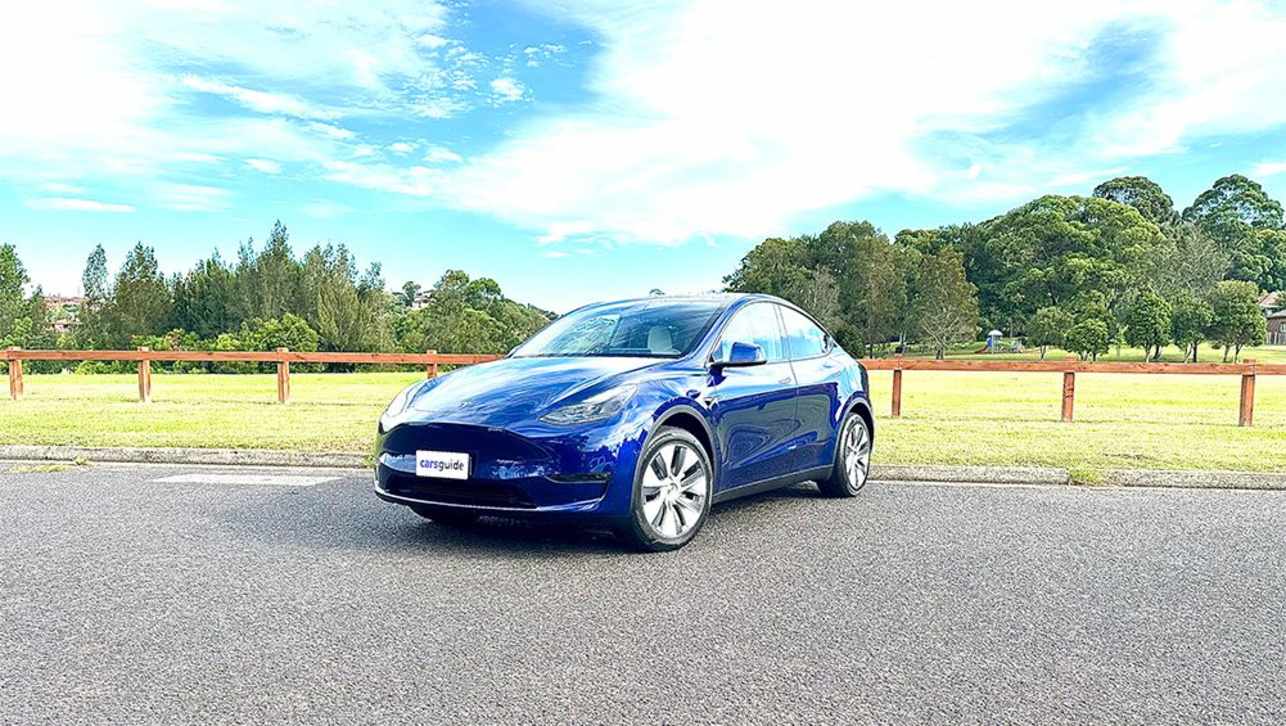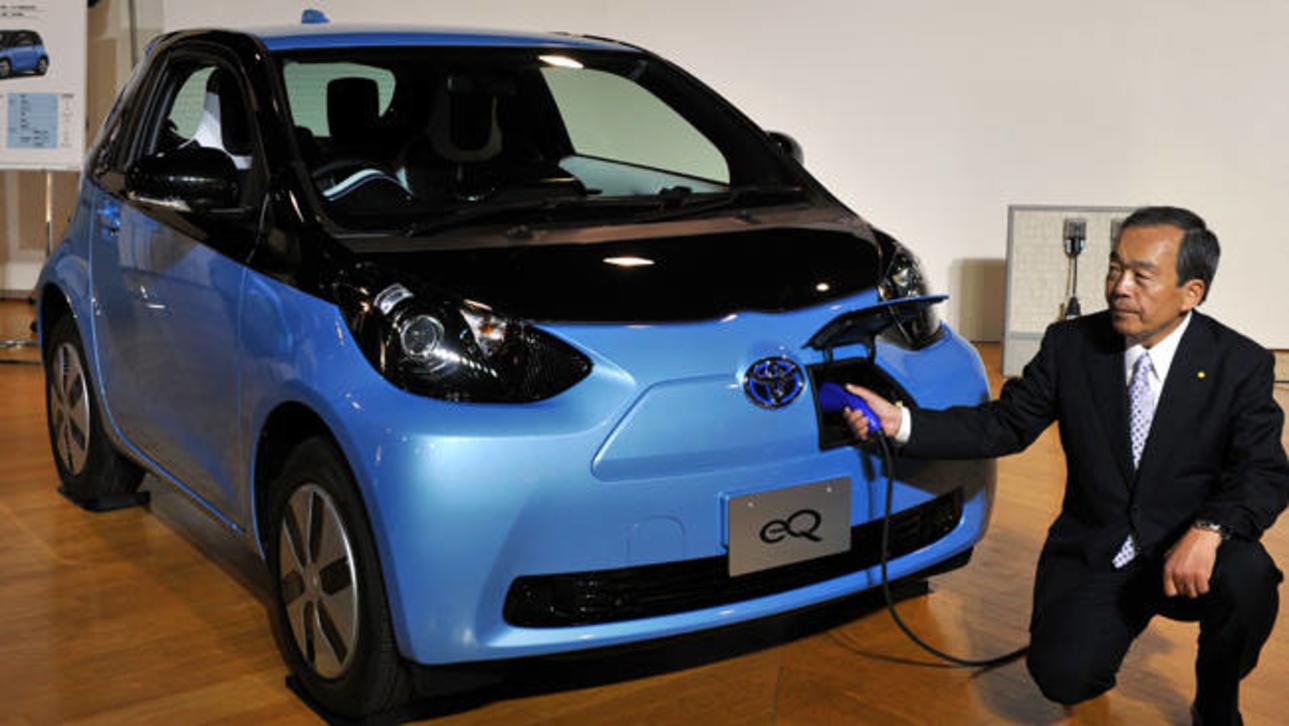Other carmakers including General Motors and Ford Motor of the U.S. are developing plug-in hybrids, a key technology that reduces the gases causing global warming.
Plug-in cars have batteries to power an electric motor and there also is an internal combustion engine for use when the batteries run low, which are then recharged from a standard wall outlet.
However, they run longer on electricity especially for shorter distances than the conventional hybrids on the roads such as Toyota's Prius.
The Prius switches between an electric motor and gas engine for better mileage; it does not need to be plugged in to recharge because recharging occurs when the car is in use, converting energy from the wheels and braking.
Toyota said, it was the first maker to receive government approval to conduct tests for a plug-in hybrid on Japanese public roads and will collect information about the tests from eight such vehicles.
Mass production of plug-ins is being held back by costs and battery technology that limit the vehicles' range.
Although most carmakers are working on hybrids, Toyota has the advantage of 10 years of experience in selling cars using conventional hybrid technology and using driver reaction to make improvements, rather than relying on information from labs.








.jpg)

.jpg)
.jpg)


.jpg)

.jpg)
.jpg)












Comments